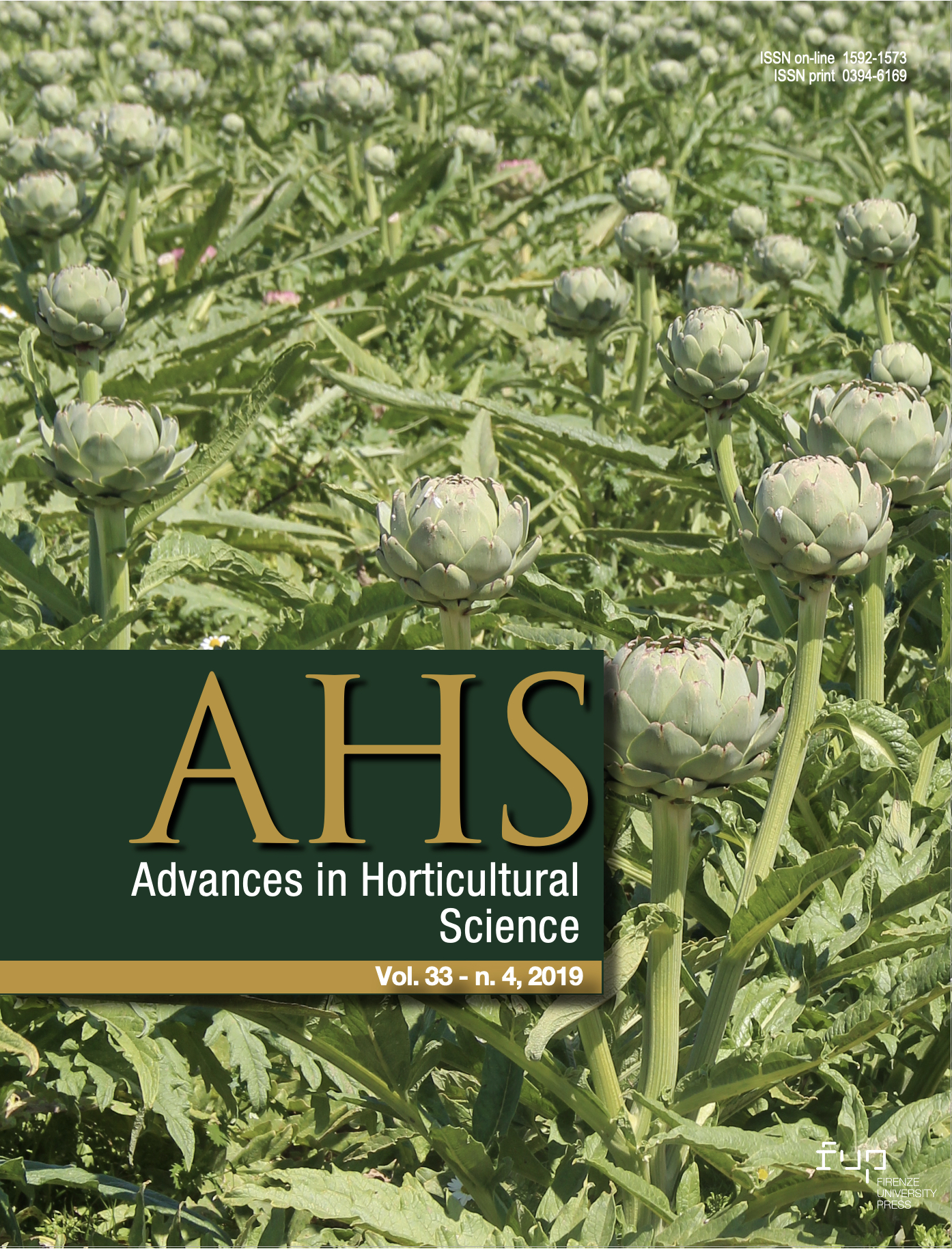Micropropagation of two near threatened orchid. Part 2: Phalaenopsis amabilis Blume var. Grandiflora
Published 2020-02-20
Keywords
- in vitro multiplication,
- orchid propagation,
- ornamentals,
- plant growth regulators
How to Cite
Abstract
Phalaenopsis is one of the most popular orchids in the world, through the development of many artificial hybrids. In this research, a reliable and efficient protocol is presented for in vitro proliferation of Phalaenopsis amabilis Blume cv. Grandiflora. Protocorm-like bodies (PLBs) were cultured on Murashige and Skoog (MS) medium containing different concentrations of kinetin (Kn; 0.00, 0.50, 1.00, 2.00 and 3.00 mg l-1) and indole-3-butyric acid (IBA; 0.00, 0.10, 0.20, 0.50 and 1.00 mg l-1), either individually or in combination and activated charcoal (AC; 0.00, 0.50 and 1.00 g l-1). A combination of 0.20 mg l-1 IBA and 2.00 mg l-1 Kn on medium containing 1.00 g l-1 AC was found to be suitable for maximum leaf number (6.16±0.503 per explant). The highest rooting frequency with 7.13±0.153 roots per explant was achieved on medium enriched with 0.50 mg l-1 IBA and 0.50 mg l-1 Kn on medium containing 1.00 g l-1 AC. The largest number of callus (9.10±0.611) was induced on explants cultured in medium containing 0.20 mg l-1 IBA and 0.50 mg l-1 Kn on medium without AC. The plantlets were successfully acclimatized in the greenhouse with a survival rate of 95% exhibiting normal developmental patterns.






